Table of Contents
You must have noticed small balls of fuzz on your pants, t-shirts, and other pieces of clothing. These are called lint that is formed due to dust and tiny loose threads. Lint on your favorite cloth may give them a dull or old appearance, so you must be looking for ways to remove them. If yes, here we have covered helpful tips on removing lint balls from fabrics and easy ways to prevent them from forming.
What Are Lint Balls or Pills?
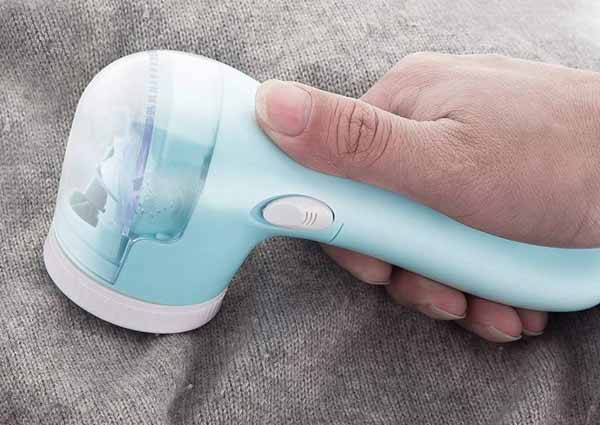
The tiny balls you sometimes see on your shirts, shorts, pants, etc., are called lint balls and are also known as pills, fuzz-balls, and bobbles. These are formed when the fibers of your cloth come loose due to washing, abrasive wear, or regular rubbing of the fabric with other cloth all day. These tiny strands of material get tangled during a wash and form into little lint balls or pills. These pills are also formed when you do not wash your clothes with care. Knitted fabrics, as compared to woven ones, tend to form lint quickly since their threads are loose and easy to get tangled. Wool, silk, cotton, and other synthetic fabrics make fewer lint balls.
How to Remove Lint Balls?
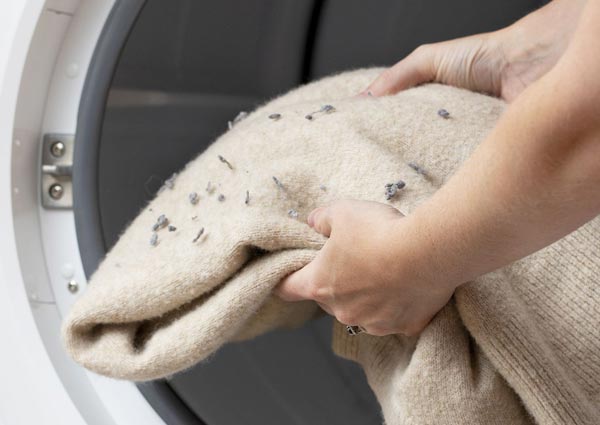
If you are bothered by your favorite fabrics being spoiled with lint balls, then have no worries. You can keep reading below to find out how to remove the pills from your favorite t-shirt, sweater, or any other piece of clothing easily. Here are some ways to remove pilling from clothes:
1. Use a lint roller
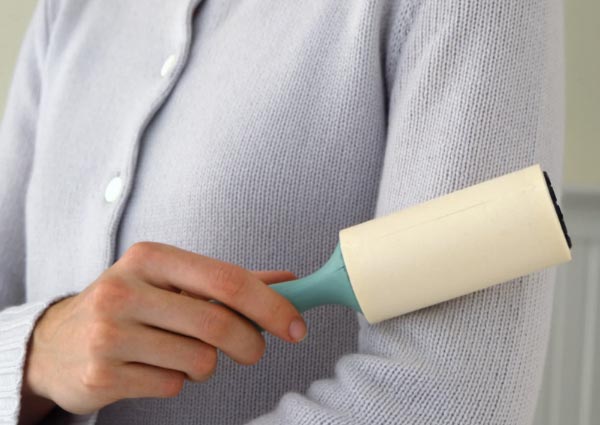
One of the common ways how to remove fuzz from clothes is by using a lint roller. These are readily available in the market at meager prices. It is also not very hectic to use this. You only have to wipe the lint roller all over your cloth to remove the fuzz within seconds, and the fabric is all new.
2. Sticky tape

If you are looking for a way to remove lint from clothes without a lint roller, you can do a quick little DIY hack. Take a broad adhesive tape and cut a big piece of it. Wrap that piece around your palm with the sticky surface facing outside. Then pat on all the lint on your cloth with that piece of tape. You will see the pills and specks of dust sticking to the adhesive tape.
3. Shaving razors
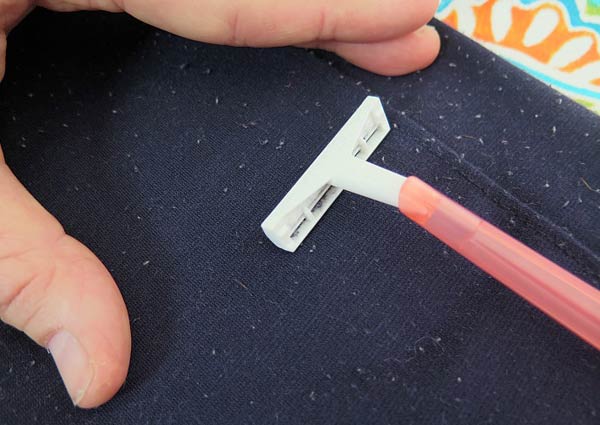
Another way to get rid of pills on clothes is using a shaving razor. Lay the fabric flat on a surface like your bed or the ironing boards. Pull a side of your cloth and gently shave the lint balls off. It would help if you did it slowly to avoid tearing the fabric. This method works best with sharp razors.
4. Sponges
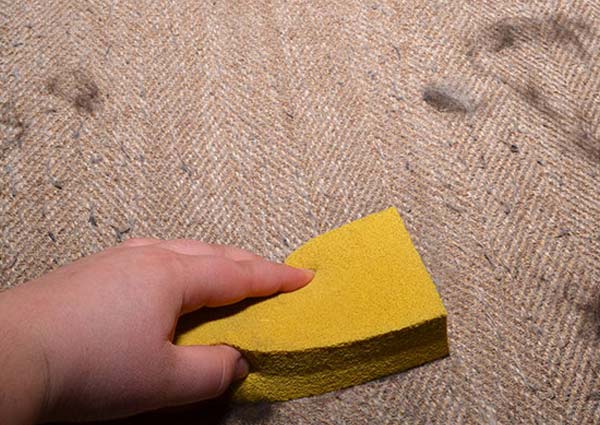
You can also use dish cleaning sponges to remove fuzz balls from your clothes. For this hack, take a clean sponge and dampen it. Then, gently rub it across your garment. Rubbing in smaller sections at a time and in downward motion would be the best.
How to Prevent Lint from Forming?
Lint balls can be a recurring problem, so you can follow some helpful steps below to prevent them from forming.
- Washing clothes with your hands causes less tangling of microfibers than in a washing machine. So, if possible, try to wash your clothes by hand.
- Before washing your cloth in a washing machine, turn the cloth inside out, which will cause fewer abrasions. So, zip up and button-down shirts and jackets before putting them in the washer.
- Don’t use bleaches and other harsh cleaners as they can weaken the fibers causing lint to form.
- Don’t use a machine dryer for a long time as it can also cause tangling of fabric and form fuzz balls.
Finding tiny balls of fuzz on your new and favorite clothes can be frustrating, but we hope that the tips on how to reduce fuzz from clothes and tips to prevent them are helpful and effective for you. And, if you are looking for a way to give your clothes a brand new look and feel, you must consider hiring the best dry cleaners in Pune, Coimbatore, Bangalore, etc.


